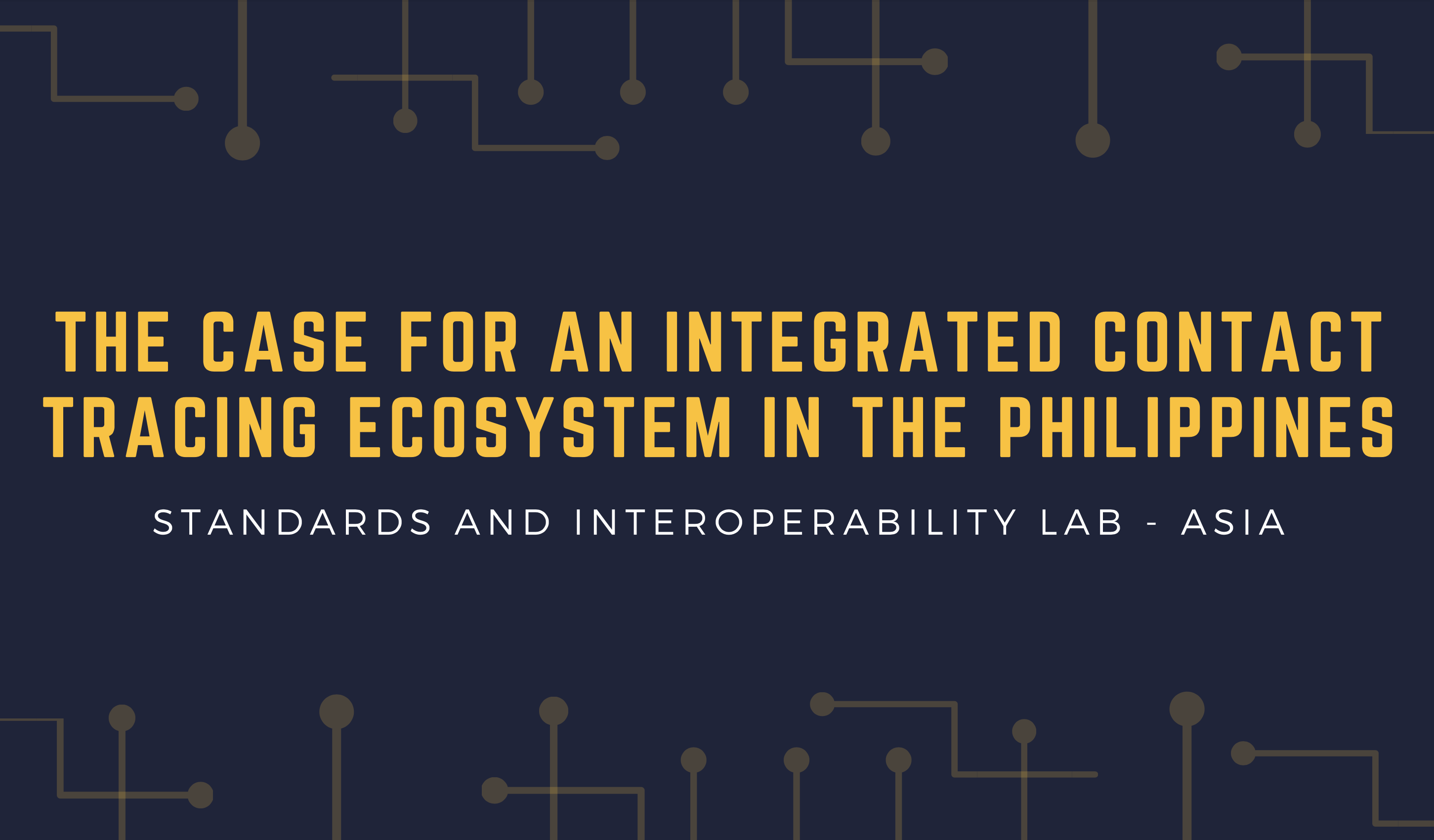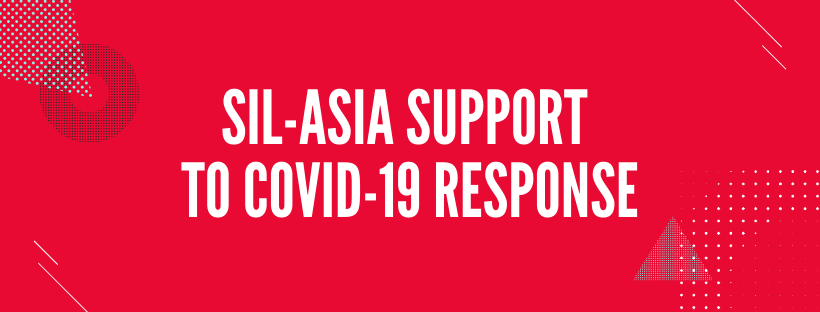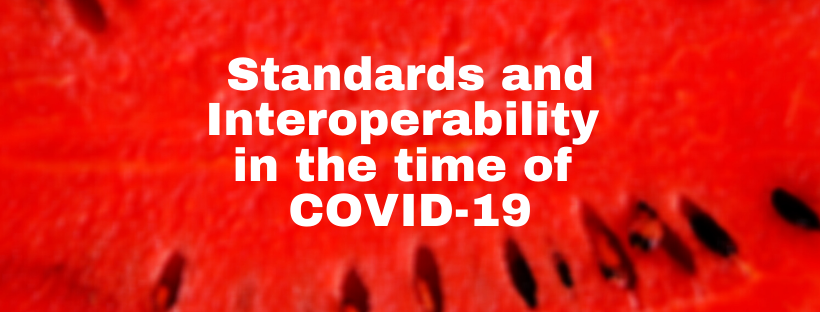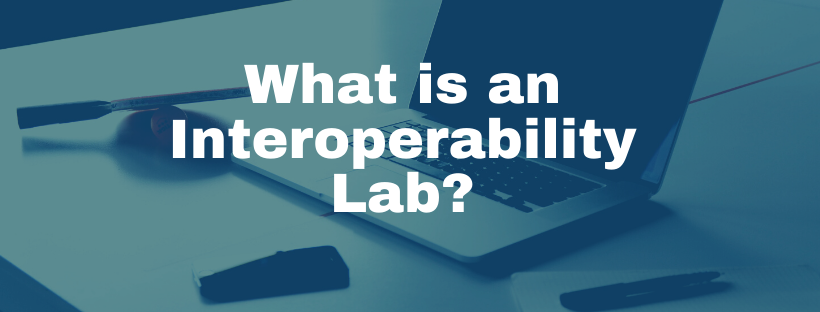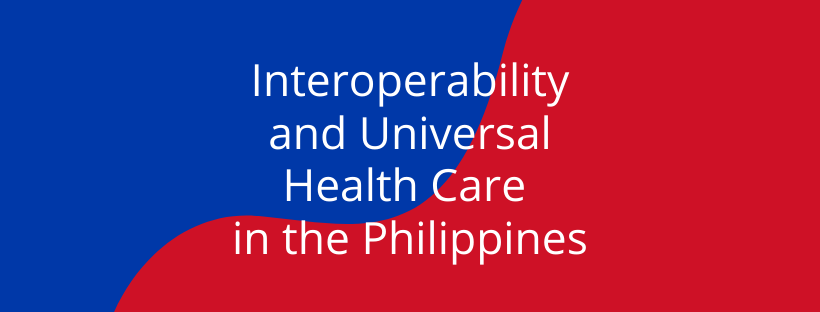Executive Summary:
Developing a national contact tracing system is one of the strategies adopted by countries to address the COVID-19 pandemic. With the decentralized nature of local government units (LGUs) in the Philippines, different LGUs have also been using various contact tracing applications. There is a need to integrate these multiple applications to streamline the national effort on contact tracing.
Contact tracing applications should be able to share data with one other. On a larger scale, these contact tracing applications should also be able to integrate with other information systems used for COVID-19 response. This article will discuss how to develop a centralized data warehouse that will capture all contact tracing data. This article will also explain how this data warehouse can benefit the whole COVID-19 response.
Contact Tracing in the Philippines
With the country facing a surge in COVID-19 cases during the past two weeks, the call for a more efficient contact tracing system has been louder than ever. Contact tracing is the process of identifying, assessing, and managing people who have been exposed to a disease to prevent new infections (LGU Contact Tracing Manual). Contact tracing as a health intervention has been used even way before the COVID-19 pandemic. Contact tracing is also being used in other infectious diseases like Tuberculosis or HIV/AIDS.
Once a person becomes a probable, suspected, or confirmed COVID-19 patient, an active contact tracing will commence following these processes:
- The Disease Reporting Units (DRUs) encode data to the Case Investigation Form (CIF).
- The Local Health Office or the Local Epidemiology Surveillance Unit (LESU) lists down the patient’s close contacts and exposure history. The exposure history comprises information on where the person has been during the past 14 days. This history includes when he/she has been to those places and what were his/her activities.
- Inform the close contacts so that they can do testing, isolation/quarantine, and self-monitoring. For some close contacts, COVID-19 testing may be performed.
- Inform the places where the patient has been so that proper disinfection can be done.
- Monitor the health status of the patient and the close contacts.
Active contact tracing is a form of contact tracing conducted by the health system staff. The health staff will record the contact tracing results as part of the patient’s records.
Another type of contact tracing is called passive contact tracing. Passive contact tracing relies on voluntary information and other data sources from the community. This information includes details from logbooks to determine who comes in and out of the establishment and when these forms of contact happened.
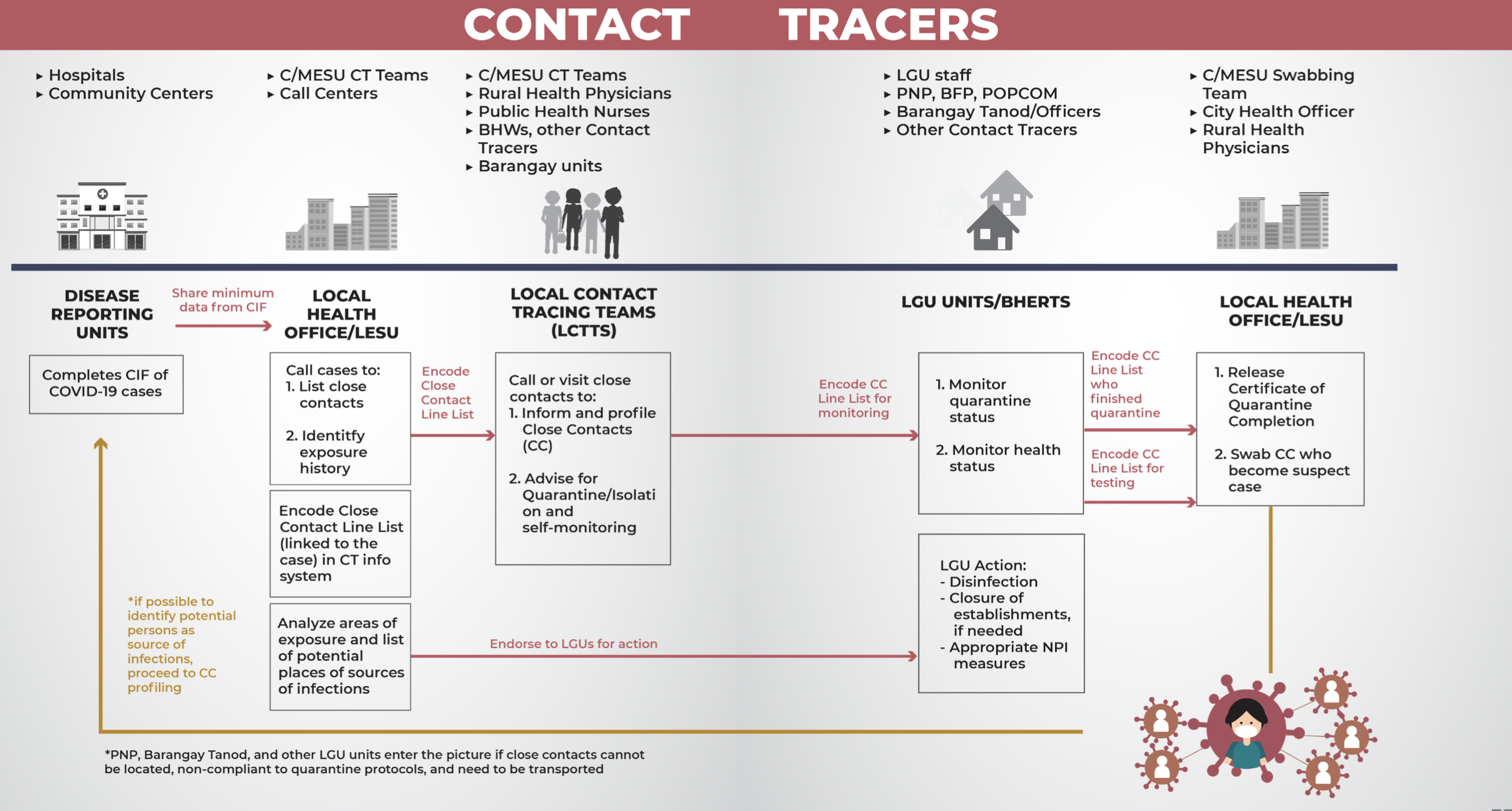
Contact Tracing Process from LGU Contact Tracing Manual
While COVID-19 is primarily a health problem, digital solutions are part of the tools used to address COVID-19. Data flows from filling-up the Case Investigation Form (CIF) and actual contact tracing, where contacts of probable, suspected, or confirmed COVID-19 patients are informed. Since data are involved, digital solutions should handle data better and more efficiently identify and inform the close contacts. The use of metrics quantifies whether contact tracing is efficient or not.
The Contact Tracing Manual recommends that 70% of close contacts must be traced within 24 hours. Another ratio used, the Magalong Formula, states that 37 close contacts should be identified and informed for each patient. These guidelines show us that contact tracing is a daunting task if a contact tracer only relies on pen and paper. As a result, LGUs all over the country have used digital tools to make contact tracing faster.
The Philippine Inter-Agency Task Force on Emerging Infectious Diseases (IATF), through Resolution No. 45 issued last 10 June 20202, identified StaySafe.PH as the official contact tracing application for contact tracing. However, other government offices, LGUs, and private establishments have already started launching and using their own contact tracing applications.
For instance, the Department of Health has the Tanod – Kontra COVID contact tracing application. The Department of Science and Technology has launched S-Pass. Large private establishments, on the other hand, have their digital logbooks. For progressive LGUs, they have managed to link their contact tracing applications with their case management/disease surveillance systems. Since the pandemic, around two dozen contact tracing applications have been deployed and used nationwide.
The Need for an Integrated Contact Tracing Ecosystem
Having multiple digital applications is a double-edged sword.
Instead of manually filling up health declaration forms, people can use digital applications instead to complete the form and automatically submit it to an online database. For LGUs with their own contact tracing applications, they can easily connect them to national systems like COVID Kaya or Communicable Disease Reporting and Surveillance System (CDRS) to easily facilitate contact tracing and case management.
However, this leads to a siloed ecosystem. Digital health declaration forms are being collected but stored in their respective databases. More often than not, these databases are not accessible to contact tracers. Also, data collected by one LGU is not available to other LGUs. For example, a person from Pasig City who goes to Quezon City needs both Pasig Pass (contact tracing solution of Pasig City) and KyusiPass (contact tracing solution of Quezon City) to enter establishments in both cities.
To counter this fragmentation of data, the Philippine IATF released Resolution No. 85, where contact tracing applications need:
- To submit data to a centralized contact tracing repository for integration and linkage with appropriate laboratory results
- Integrate with StaySafe.PH
Furthermore, House Speaker Velasco has filed House Resolution 1536, calling for a Unified Contact Tracing System to be used nationwide. This resolution is supported by House Bill 8978 filed by Deputy Speaker Wes Gatchialian entitled, “Establishing the Unified Contact Tracing System and Appropriating Funds Therefore.”
Unified System or Integrated Ecosystem?
Everyone agrees that the current ecosystem is not working. It is challenging to use multiple applications that are not sharing data with one another. With this regard, two solutions may be considered.
The first one is to use a single, unified application. In this scenario, the government should mandate everyone to use a single contact tracing application. This solution is quick and efficient since data can be stored in a single database, and a single provider will manage the whole system on behalf of the government (or the government itself can manage the system). However, this will be challenging to implement considering these factors:
- The Philippines is composed of 7, 107 islands and over 1, 600 cities and municipalities. Deploying a unified application would require a lot of infrastructure and workforce. As of the moment, no single application has enough resources to be deployed easily across the whole Philippines.
- LGUs would have their own workflows and best practices. Adopting a unified application would force LGUs to follow a single protocol and thus, would limit the use of a workflow that works for them. Given the urgency of the situation, this is not the best time for the LGUs to change their respective contact tracing workflows.
- The maturity of LGUs to adopt an application is varying. While progressive cities can handle dashboards for case management and contact tracing, other LGUs would prefer to use spreadsheets for monitoring and contact tracing.
A more feasible solution to implement is an integrated ecosystem. In this solution, LGUs will be allowed to use whatever application they are comfortable using. Some LGUs have their homegrown solutions based on the workflow that they are following. Integrating these applications would enable them to share and get data from a single centralized repository. In this solution, the government should set up the central data repository and open it up to all applications, as long as these applications have passed proper vetting and validation. In this framework, LGUs will be responsible for data collection. Simultaneously, the national government will ensure that these data are correctly stored, analyzed, and shared across LGUs, offices, and establishments. This integrated ecosystem will further foster the innovative minds and skills of contact tracing application developers, as they can continue to enrich the applications they have developed. They can also contribute to connecting their system to the integrated ecosystem.
Steps to Having an Integrated Ecosystem
How can an integrated ecosystem be achieved?
- An inclusive, open architecture must be adopted. An inclusive, open architecture must allow any LGU to participate in the ecosystem. In this architecture, barriers from joining the integrated ecosystem are minimized. Either a highly urbanized city or a fifth-class municipality should benefit from the integrated ecosystem. The architecture must be open to all, meaning that the whole architecture is transparent and allows any software from any LGU to connect with the system.
- A standard, minimum data set should be identified. The data to be shared to the central repository must (1) be minimal and (2) have a defined standard. The minimum data set should be sufficient for the contact tracers to do proper contact tracing, but at the same time, it should only contain the necessary data elements. A defined data standard should be used and published widely. In this way, any application that intends to connect to the ecosystem would be able to do so quickly.
- The platform should cater to all levels of application innovation. The centralized repository should cater to current web technology standards, like the use of application programming interface (APIs). However, the platform should also have upload/download comma-separated values (CSV) file functionalities so that LGUs with no information systems can still submit or download contact tracing data.
- The centralized repository must be ready to accept a huge amount of data submissions. The centralized repository should have the proper infrastructure to accept the submitted volume of contact tracing data. It must have appropriate queuing, load balancing, and storage mechanisms. Good security infrastructure must also be in place.
- The centralized repository should have a feedback mechanism. Information on top contact tracers, contact tracing ratio should be available to give incentive to participating applications.
- The platform should be connected to the existing COVID-19 ecosystem. The integrated contact tracing ecosystem should be connected to the existing COVID-19 information systems infrastructure. In the current Philippine COVID-19 information system infrastructure, three key applications are used for COVID-19 response:
- COVID Kaya: for case management
- CDRS: for laboratory results submission
- FASSSTER: for data analytics and decision-making
If the integrated contact tracing ecosystem is connected with the COVID-19 information system infrastructure, contact tracers will be able to map cases with lab results. Contact tracing data can be submitted to FASSSTER to link analysis and data analytics properly.
Our Next Move
The narrative now should no longer be whether we will have a single application or an integrated ecosystem. Implementing a single application would take months. Even if we plan to use one of the already existing applications, deploying it to all the 1,600 LGUs will be challenging and will take time.
A more practical solution is to accept that there are many contact tracing applications. We must work with all applications to integrate them into a central contact tracing repository. The IATF through Resolution 85 has already pushed for the submission of contact tracing data to a central repository. The infrastructure to support this data submission is already available.
Now is the time for LGUs to start integrating with the centralized contact tracing data warehouse. Bayanihan na!
The Standards and Interoperability Lab – Asia (SIL-Asia) is the Regional Reference Interoperability Lab in the Asia Pacific Region. The laboratory is funded by the Asian Development Bank through the E-Asia Knowledge Trust Fund. SIL-Asia has worked closely with the Philippine Government through the IATF – Sub technical working group on ICT, and has lead the work on integration of various information systems used for COVID-19 response. For more information about the lab you may visit: www.sil-asia,org or contact phil@sil-asia.org

